In grappling with the incomprehensible and horrific events in Israel and Gaza that began in October 2023, Iftach Ben Aharon considers the deeper spiritual questions posed by such crises. What do they mean for us as individuals—how do we transform evil?
It is difficult to find words for the feelings and emotions. It is difficult to speak. A traumatic event, an entire country in trauma. It also goes beyond Israel and impacts the whole world. If we try to summarise it in a few words, it is a paralysing encounter with death and evil. And alongside and emerging from it, there are incredible stories of courage and sacrifice.
It is too early to go directly into the cultural and historical contexts. I will turn to the inner attunement that we can or should develop during this time. Nevertheless, it is important to me to put things into a certain perspective, without initially going into details. The immediate perspective of recent years in Israel, and to a certain extent throughout the world, is one of crisis. We are moving from crisis to crisis. It could be said that, with interruption, we have been in a permanent crisis for several years. We experienced “coronavirus”, which affected us all; then we found ourselves in the middle of a legal revolution, and now it has reached a certain climax with the terrorist attack on October 7, 2023.

Awakening to Ourselves
The broad perspective that Rudolf Steiner gives humanity in our time is the perspective of crossing the threshold, and that means that humanity as a whole is now going through what the individual human being lives through in the esoteric initiation processes. We are experiencing a comprehensive transformation of consciousness and existence. Steiner also calls this stage into which humanity is entering “apocalyptic”. The meaning of the word “apocalypse” in Greek is “disclosure”. Through this crossing of the threshold, the process of disclosure, the routine supports that have carried us almost instinctively for hundreds and thousands of years through the forces of culture and tradition begin to collapse. The ground shakes beneath our feet, and the curtain rises. The hidden reality is revealed in its nature: the highest but also the lowest. We are permitted for the first time to actually and fully experience our nature as human beings, as an I, on completely new levels and, on the other hand, we must also necessarily encounter the unredeemed aspects of our self. In anthroposophical language, this is the encounter with the greater and the lesser guardian of the threshold. Herein lies the fundamental tension of our time: we must simultaneously hold the highest and the lowest in our own being and in the world.
When we talk about a crisis, a time of crisis—and this applies both to personal life and to the life of a people, a country and humanity as a whole—we are talking about a rupture. The supports of the past are crumbling. We all know that crises, in this sense, are also opportunities for inner steps, for development. As long as the supports of the past—habits, patterns of thought and behaviour, language, etc.—carry me, they also bind me. In other words, our true being demands a crisis so that it can take a new step in its development. The old forms must be broken so that new life can arise.
Something else needs to be added to this picture: if a person follows a conscious inner path, they do not have to wait for crises to create steps of change. In a way, the conscious inner path is a kind of journey, a self-initiated crisis. I constantly initiate a crisis by honestly observing myself and by confronting my limits and weaknesses. Through the crisis that has been triggered, I can give birth to myself on a higher level of being. There are two ways for us to overcome the structures of the past within us: to take upon ourselves the overcoming of the old forms as a transformation by following a conscious inner path or, if we are unable to do so, to receive help as a crisis “from outside”. This is sometimes very painful. The crisis in the spiritual sense, in the inner sense, is a call to wake up. Here, there is a wake-up call.
The question that arises is: What do I have to wake up for? This may sound strange to “normal” ears, but the human being is actually in a state of sleep in their everyday, “normal” state. We sleep with regard to the deep questions of existence, sleep with regard to the deep reasons that move us in karma. A crisis is a wake-up call. It is not just a call to wake up, but a call to stay awake and consciously wake ourselves up again and again.

Numbing Normalisation
In this context, we have to admit that there are also many aspects in us that do not want to wake up. This becomes apparent in moments of crisis. Difficult events such as those we are currently experiencing exacerbate this division. On the one hand, the wish to wake up and, on the other, simultaneously or alternatively, the attempt to maintain and strengthen the old. The call to wake up runs counter to the tendency towards normalisation. Normalisation in this context is the attempt to return life to the state it was in before the crisis, to simply continue living the way we wanted to. The call to wake up is, in fact, calling on me to overcome the urge for “normality” – to listen to what calls me from out of the crisis, to listen to the call for new possibilities, for a new depth.
If we look at it from out of life itself, we can say that the only way to overcome the tendency to normalise is to be prepared to stand in situations of helplessness. I have to allow myself not to know and to be without orientation in situations in which everything that was previously available to me is no longer of any use. A distinction should be made here between depression or despair and helplessness. Despair or depression are situations in which I am not yet able to stand in helplessness. This is the moment beforehand to which I still cling. The willingness to stand in helplessness and endure it enables me then to open up to new dimensions of being.
Every person will experience it differently. I can testify for myself that, as someone who comes from a secular home, I was in a state of absolute helplessness when I first prayed and turned to the spiritual world for help. At that moment, the prayer came from the soul. Prayer is a very deep human need, a way to connect directly through the heart. helplessness can also lead to me experiencing and recognising myself on a completely new level, beyond the normal, everyday separation of me here and the other there. A new experience of self arises from helplessness, all-encompassing, all-compassionate. Recognising my I as an all-encompassing being, as “I am”, is at the same time to recognise the other as an aspect of my being. Situations of helplessness can spark the question in me: for what purpose did I come here? What is really important to me? What tasks do I want to fulfil in the world? It is a process of penetrating self-distillation. I want to transform my life into something meaningful. I want to turn my life into a possibility for something. I want to permit something through my life.
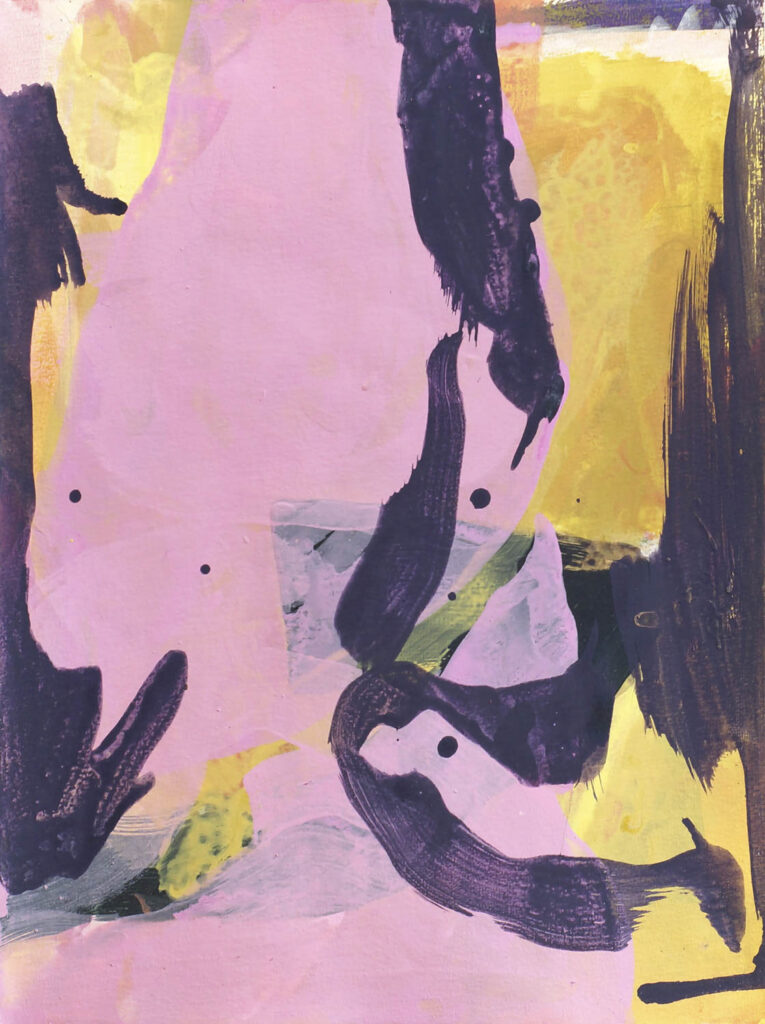
Two Faces of Evil
The event of crossing the threshold in our time is an expression of the real possibility that is available to us to overcome the consciousness of death, that is, the consciousness of mortality. But it is precisely here that we are confronted with the question of evil in a more acute form. On October 7, 2023, we experienced an encounter with evil in its most extreme form. From a spiritual point of view, evil is a riddle, one of the most profound questions in the development of humanity. What is evil? How has it arisen? Why does evil exist?
The first thing to say about this question is that if I recognise something as evil, something else is also living in me. Georg Goelzer writes about this in his book Alpha und Omega [Alpha and Omega]. Evil points to the divine and, therefore, also to the truly human. In this, we already have a certain indication of its role. In a letter written in 1900, Vladimir Solovyov wrote: “You should never try to understand the Antichrist without learning to love the being to which he is hostile.” We must pay attention to this, because evil has a magnetising, attractive character. We must be inwardly prepared for the encounter with the phenomena of evil. Only when we have connected with the essence of love, the “I am”, will we have the strength and reason to confront evil and perhaps also to explore and understand it. This is already where a certain transformation begins to take shape.
From this all-encompassing place born in me, I can now direct my gaze and ask more concrete questions about evil. Goelzer speaks of two manifestations of evil in our time. The first, which we don’t normally call evil, can be labelled as “pseudo-human”. When I spoke earlier about the tendency towards normalisation, then it is unambiguously contained in the pseudo-human. A large part of Western culture over the last few centuries has been the attempt to create a cultural system that fulfils all our needs and desires. We see this in the economic sphere, in the psycho-social sphere, but also in the spiritual sphere. It involves the tendency to view everything as a product and also to trade in ideals and cultural and spiritual products. The pseudo-human disguises itself as human but endeavours to deny the most important thing of all: the possibility of transformation, that is, the possibility of development and creative freedom. This direction emerges clearly in Goethe’s Faust. The pact that Faust makes with Mephisto means that Mephisto will fulfil all his wishes here on earth, and in return, Faust will only give him one thing after his death: his soul. This is a tendency that every person will recognise in their own soul when we prefer comfort to the difficult path of inner change. This is the one direction, and it is hidden and difficult to recognise. I do everything that is necessary, even spiritually, practise the right meditations, send the children to the right type of school, and yet there is a point in me that I cannot reach, a place in me that I dare not touch.
Goelzer describes the other side of the manifestation of evil as the “inhuman”. A terrorist attack of the kind we have just witnessed is clearly inhuman. The inhuman has an explosive character; it emerges from the layers of the veil of history, takes off its masks and strikes hard, sowing terror and fear and undermining the foundations of existence. The essence of the inhuman strives directly to destroy the sphere of the “I”. Whereby it is primarily directed against the “I” of the person who commits the evil. One of our major tasks in the present and future is to turn our focus on this.
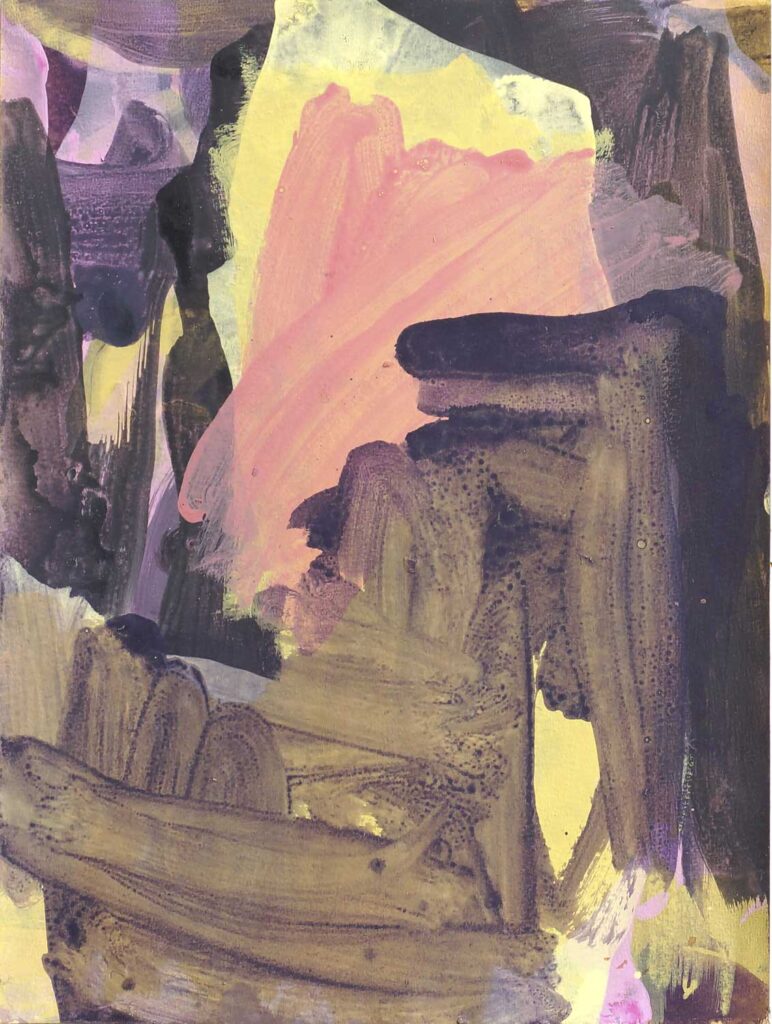
The Long Path of Transformation
If we look at the cultural and spiritual reality of our time, we can see that there is a close connection between these two tendencies of opposition. The pseudo-human prepares the appearance of the inhuman. The more I isolate myself in normalisation processes and lock myself into my protective structures (by rejecting the other), the more I conjure up the inhuman. And conversely, when the inhuman attacks, we isolate ourselves more and more in our earthly personality. The “normal”, healthy life plays an important role as a platform for inner and communal development, for the realisation of our spiritual tasks in the world. We have to build a life and sometimes also protect it. But as soon as the “normal” becomes the exclusive ideal, we begin to invoke the attack from outside. This image alone is a call to wake up.
I have to find the courage within myself to delve deep into the dark levels of my being and confront the unredeemed aspects that dwell there—and to take full responsibility for what lives inside me. Precisely from a spiritual point of view, we can say that it is not possible to eradicate evil externally. This does not mean that we should not take external action against it, but we should not fall prey to the illusion that we can get rid of it in this way. The only way to overcome it is transformation, and the starting point for this lies first and foremost within me. It is a gradual path of transformation that leads us deep into the future. Here we do, in fact, encounter the great Manichaean mission that lies at the heart of the anthroposophical movement.
Steiner’s verse from the time of the First World War reads:
Out of the courage of fighters,
Out of the blood of battles,
Out of the suffering of those left behind,
Out of the deeds of sacrifice of the people
Will accrue fruit of the spirit –
If souls in spirit-consciousness direct
Their purpose into the spirit realm.
The essential thing about this, and what we must focus our gaze and our inner activity on, is that the sacrifice of war can only become a fruit of the spirit if “souls in spirit-consciousness direct their purpose into the spirit realm”. According to Steiner, the First World War was the first war that did not directly promote a cultural or spiritual impulse. Instead of directing the fight inwards, as an inner battle to transform evil, it was thrown outwards and turned into a war. This is actually about evil as a good that is out of its place. But if a war has broken out, it is also possible to produce something good from it. We need to develop a dynamic way of thinking here.
Since the First World War, or more precisely, since the beginning of humanity’s crossing of the threshold, the battle for the emergence of spiritual and cultural impulses has had to be waged inwards. In this way, it becomes a fight for the good in me, a fight for the awakening and birth of the spirit. Where we do not achieve this within ourselves, it is thrown out and returns to us from outside as disaster. But when disaster strikes, I can turn it into a catalyst for the emergence of a higher level of good. Under what conditions? If I can manage to wake up to the spirit through this. In this way, the “deeds of sacrifice” can become substance, a seed, on both sides of the threshold for a new culture, a culture of the future.
This article is based on the public Zoom lecture given by the author in Hebrew on October 25, 2023
Translation Christian von Arnim
Image Miriam Wahl, Was Goldmarie sich hinter die Ohren schrieb [What Goldmarie wrote behind her ears], gouache and acrylic on paper, 2023

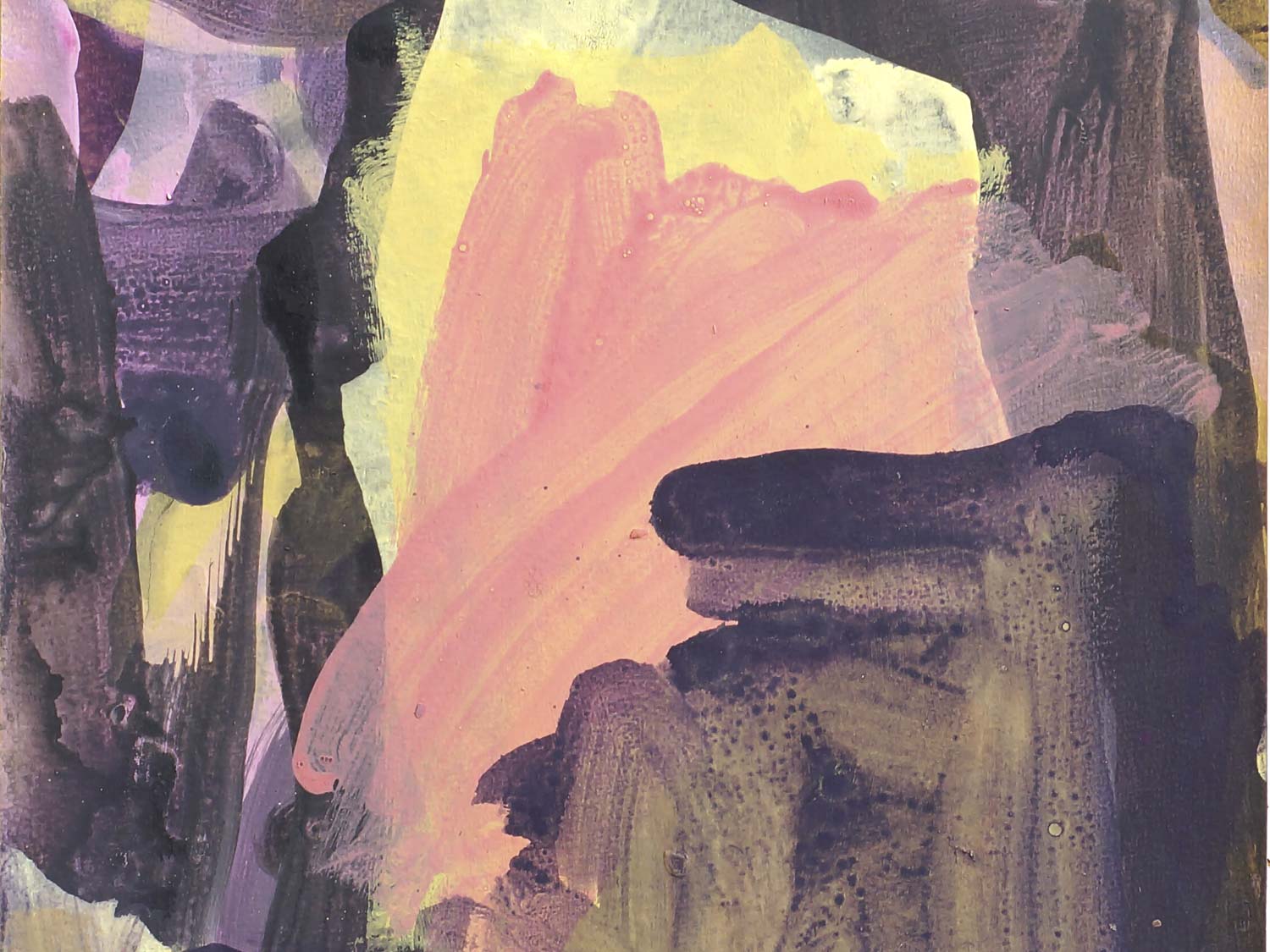

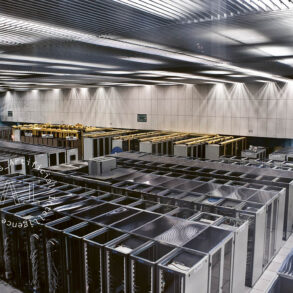
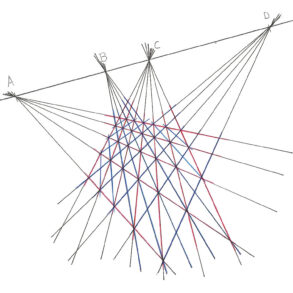
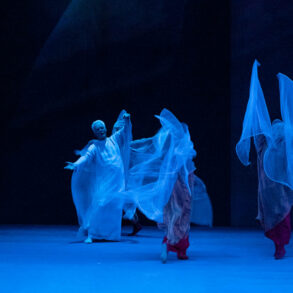
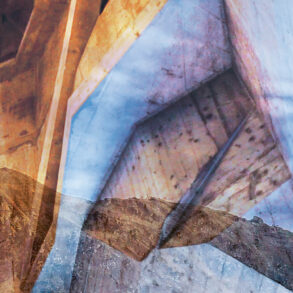

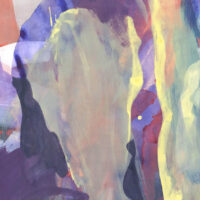

Mr Ben Aharon has written profoundly and well.
Thank you.
Cjcharles
Adelaide South Australia
Such a profound and thought filled article by Iftach. This is made even more note worthy in that he is in the midst of a profound crisis of the heart and soul.